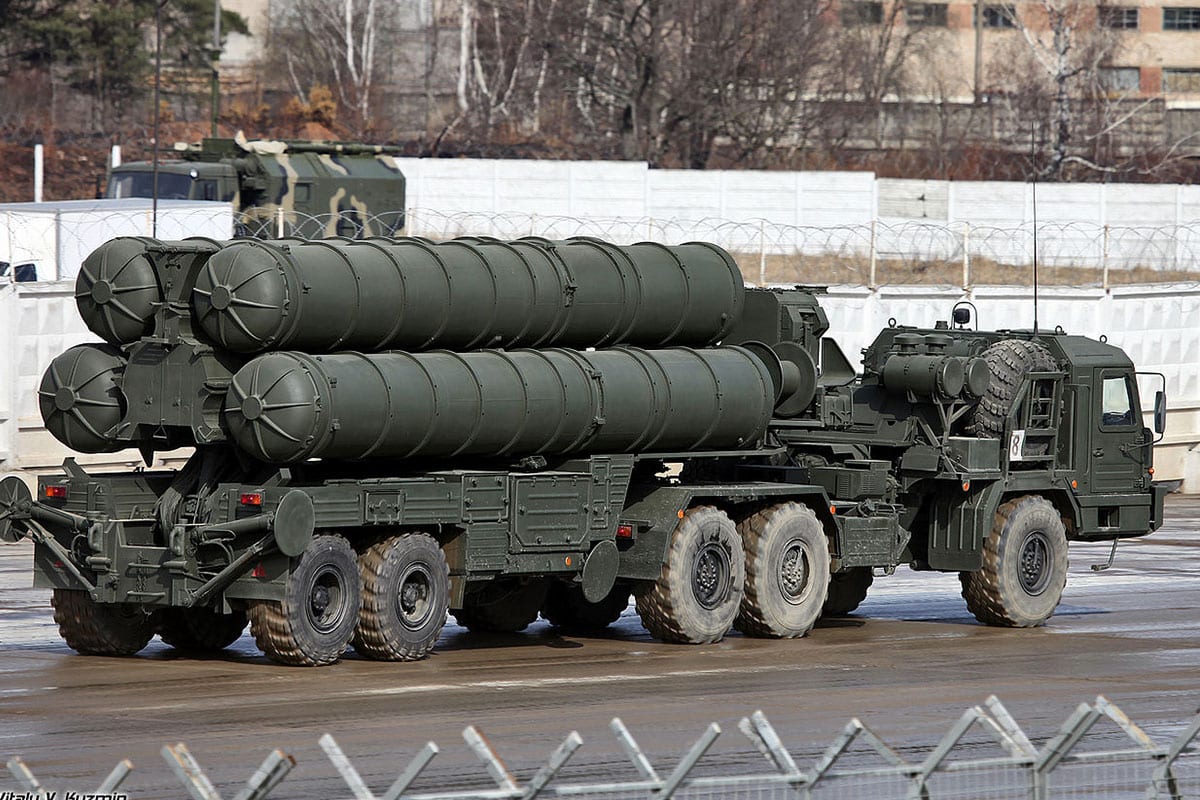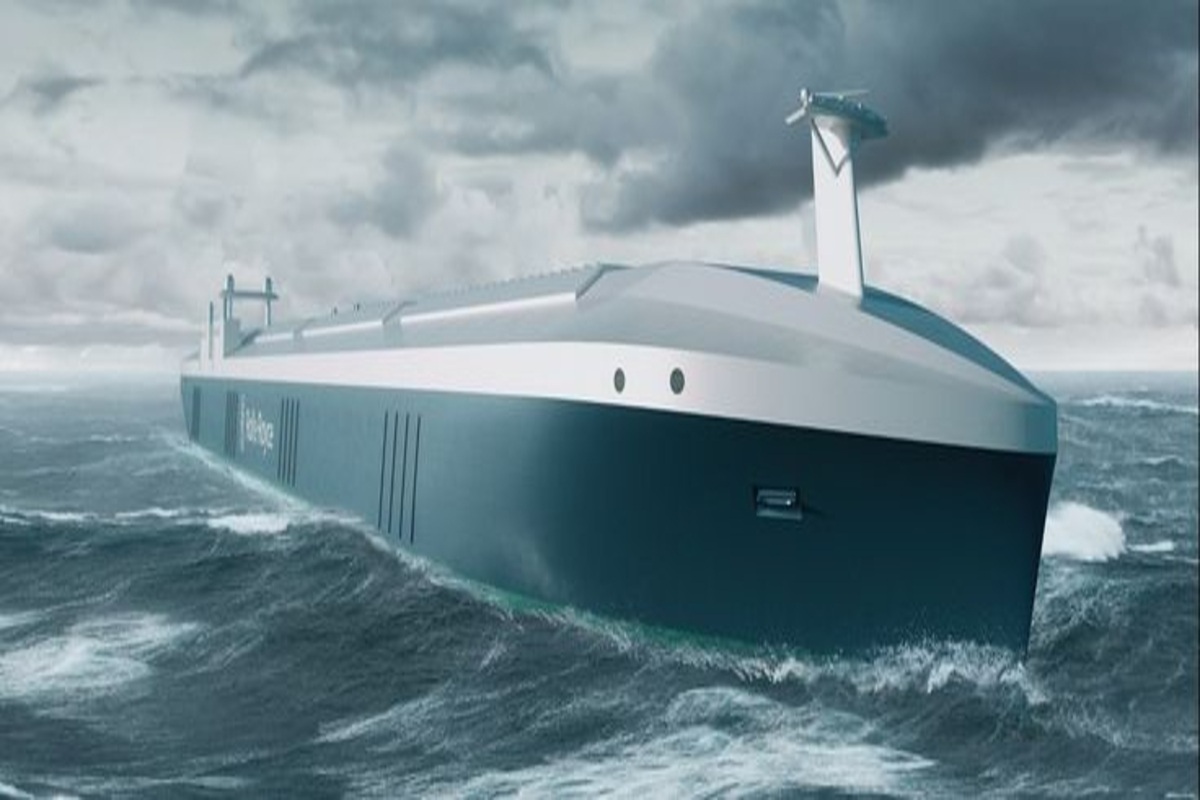S-400 Triumf Explained: Full Technical Specifications of the World’s Most Advanced Air Defense System
The S-400 Triumf, globally recognized as one of the most advanced long-range surface-to-air missile (SAM) systems, is popularly dubbed in India as the “Sudarshan Chakra” for its all-encompassing strike capability and precision. Manufactured by Russia’s Almaz-Antey, the S-400 represents a quantum leap in integrated air defense, capable of engaging a wide range of aerial threats with unmatched accuracy and versatility.
1. System Overview
The S-400 is a multi-layered, mobile, surface-to-air missile system designed to detect, track, and destroy aircraft, UAVs, cruise missiles, and ballistic missiles at various ranges and altitudes. It significantly outperforms legacy systems like the S-300 in detection range, targeting flexibility, and missile guidance technologies.
2. Radar and Sensor Suite
At the heart of the S-400 is its sophisticated radar array, providing a 360-degree engagement capability across multiple bands:
- 91N6E ‘Big Bird’ Acquisition Radar (L-band):
- Long-range surveillance up to 600 km.
- Tracks up to 300 targets simultaneously.
- Resistant to jamming and stealth technologies.
- 92N6E ‘Grave Stone’ Engagement Radar (X-band):
- High-resolution fire-control radar.
- Capable of locking onto 36 targets and guiding missiles to 72 targets concurrently.
- 96L6E All-Altitude Detector Radar (S-band):
- Optional radar for detecting low-flying threats.
- Functions effectively in mountainous terrain and ECM-heavy environments.
These radars work in tandem using phased-array technology for rapid beam steering and multi-channel tracking.
3. Missile Arsenal: Layered Defense
The S-400 is engineered to engage threats at multiple ranges using a diverse mix of interceptors, each with specific speed, altitude, and maneuverability profiles:
| Missile Type | Max Range | Target Type | Speed (Mach) |
|---|---|---|---|
| 40N6 | 400 km | AWACS, bombers, ballistic missiles | ~Mach 14 |
| 48N6DM | 250 km | Fighters, cruise missiles, UAVs | ~Mach 6 |
| 9M96E2 | 120 km | Precision-guided munitions | ~Mach 3 |
| 9M96E | 40 km | Close-in threats (low RCS) | ~Mach 3 |
Each missile is cold-launched vertically using a gas generator, and then ignites its main booster after clearing the launch tube — allowing for 360-degree engagement without repositioning.
4. Command and Control (C2)
The S-400’s C2 system utilizes digital data links, secure radio frequencies, and real-time battlefield awareness for efficient decision-making and engagement management. Components include:
- 55K6E Mobile Command Post: A digital nerve center integrating data from all radars and external sources, with automated threat classification and prioritization.
- 91N6A(M) Data Fusion Engine: Collects and consolidates inputs from radar, satellites, and airborne early warning systems (AEW&C).
The S-400 can operate autonomously or be integrated into a broader air defense network, supporting interoperability with other systems like Pantsir-S1, S-300, and future indigenous solutions.
5. Electronic Counter-Countermeasures (ECCM)
The S-400 is equipped with sophisticated ECCM features to ensure resilience in hostile environments:
- Frequency agility and low sidelobe antennas to reduce jamming effectiveness.
- Low-probability-of-intercept (LPI) radar waveforms.
- Built-in resistance to decoys, spoofing, and standoff jammers.
6. Strategic Mobility and Deployment
Each S-400 regiment is highly mobile, mounted on MAZ-7910/MAZ-543M 8×8 transporter-erector-launchers (TELs). A full battalion typically includes:
- 8 launchers (each with 4 missiles),
- 1 command post,
- 2 radar vehicles (acquisition + engagement),
- Logistic support and resupply vehicles.
The entire battery can be relocated and redeployed within five minutes, ensuring survivability under pre-emptive strike threats.
7. Integration in Indian Defense Strategy
India’s acquisition of the S-400 under a $5.5 billion deal with Russia reflects its strategic intent to:
- Neutralize hostile air threats from both western and northern adversaries.
- Create a missile shield over critical assets and command centers.
- Maintain air superiority denial zones along sensitive borders.
When integrated with indigenous systems such as Akash-NG and Rafale’s Spectra EW suite, the S-400 significantly enhances India’s layered air defense network.
Final Thoughts
Its nicknamed the “Sudarshan Chakra” for good reason, the S-400 Triumf isn’t just a missile system—it’s a paradigm of modern air defense engineering. With its multi-layered engagement envelope, state-of-the-art radar integration, and hardened electronic resilience, the S-400 represents the pinnacle of strategic defense technology currently deployed in South Asia. As aerial threats grow faster, stealthier, and more autonomous, the S-400 remains one of the few systems prepared to meet the challenge








